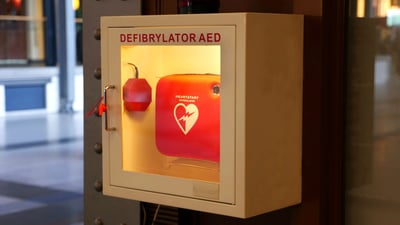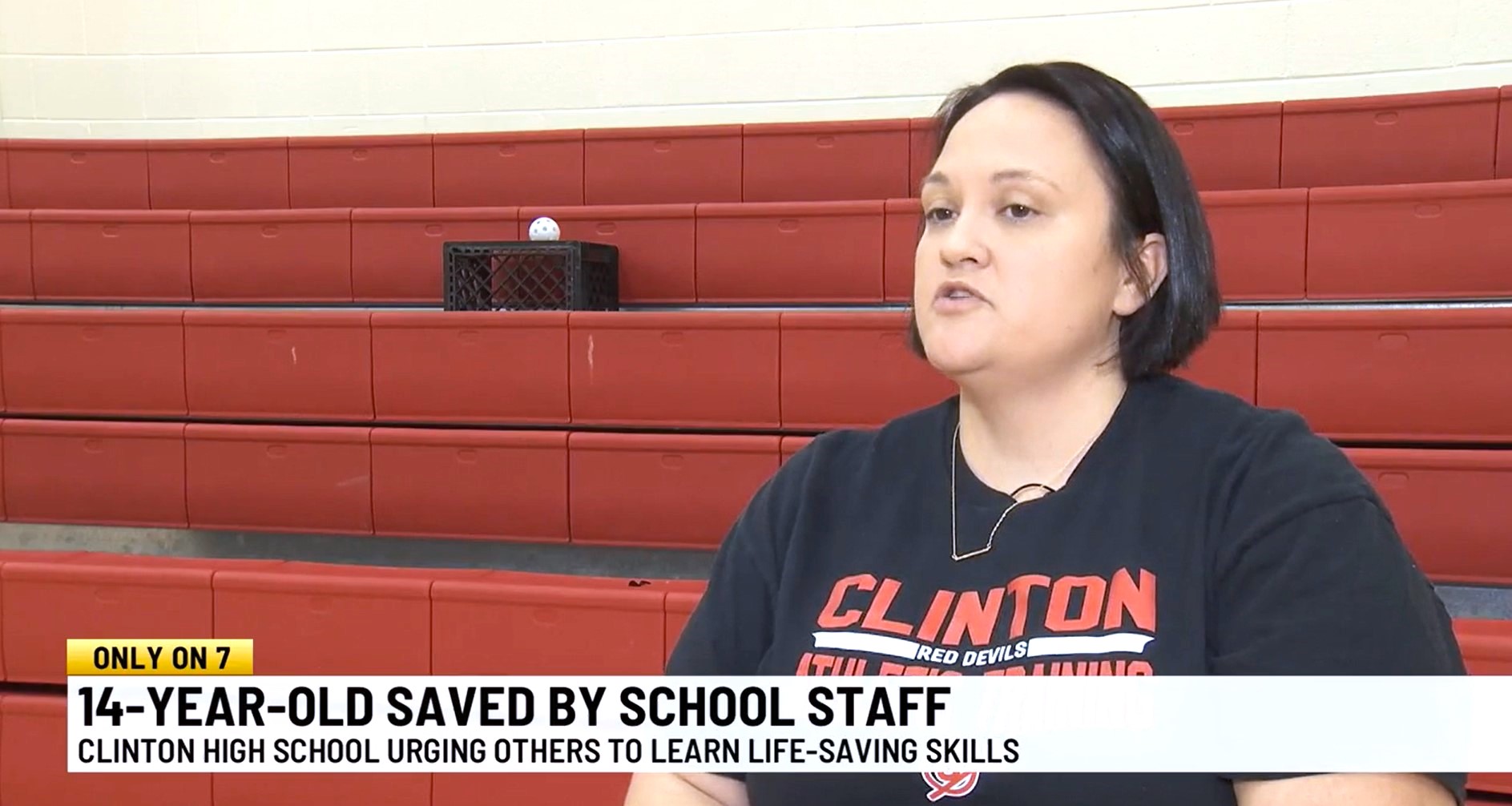Cost Not the Only Reason Many Organizations Lack Life-Saving AEDs
 Athletic Trainers, sports medicine providers, and even ER physicians are preparing for potential cardiac injuries as kids return to school and youth sports activities increase.
Athletic Trainers, sports medicine providers, and even ER physicians are preparing for potential cardiac injuries as kids return to school and youth sports activities increase.
While awareness of automated external defibrillators (AEDs) has increased, not enough of these life-saving devices are available in many locations — but high costs are not the only reason.
 Heatwaves have been linked to higher instances of sudden cardiac deaths due to the added stress on the heart. Educating the public about AEDs is crucial for preventing severe cardiac events. AEDs are considered crucial on athletic fields and active areas.
Heatwaves have been linked to higher instances of sudden cardiac deaths due to the added stress on the heart. Educating the public about AEDs is crucial for preventing severe cardiac events. AEDs are considered crucial on athletic fields and active areas.
However, acquiring AEDs and their components has recently become challenging — partly because of increased prices but also due to shortages.
Interest in AEDs surged after an NFL player and the son of NBA superstar LeBron James experienced cardiac events.
But the American Heart Association faces supply chain issues in placing AEDs within communities, particularly their batteries and pads.
AEDs have been on the shortage list since July 2022 due to the semiconductor shortage and a sharp increase in demand for the cardiac devices after the national news coverage.
The U.S. Food and Drug Administration (FDA) announced a shortage of AEDs and their components have been added to the list. The FDA reports that due to increased demand for AEDs across the healthcare system, many manufacturers are experiencing supply shortages or delays in production and delivery.
Organizations are urged to regularly check with their suppliers for updates on the availability and estimated delivery times of AED units they have ordered. While businesses and suppliers await shipments, using refurbished AEDs or maintaining existing ones has emerged as an option.
The FDA still projects that the shortage of both wearable and non-wearable automated external defibrillators (AEDs) will continue through the end of 2023.
Despite these challenges, efforts continue.
Many Athletic Trainers persist in their education efforts as they seek to place AEDs in as many organizations as possible to empower their communities with these life-saving tools.
![HR Logo [Recovered]_Full Color Vertical-1](https://blog.healthyroster.com/hs-fs/hubfs/HR%20Logo%20%5BRecovered%5D_Full%20Color%20Vertical-1.png?width=199&height=178&name=HR%20Logo%20%5BRecovered%5D_Full%20Color%20Vertical-1.png)
 By
By


